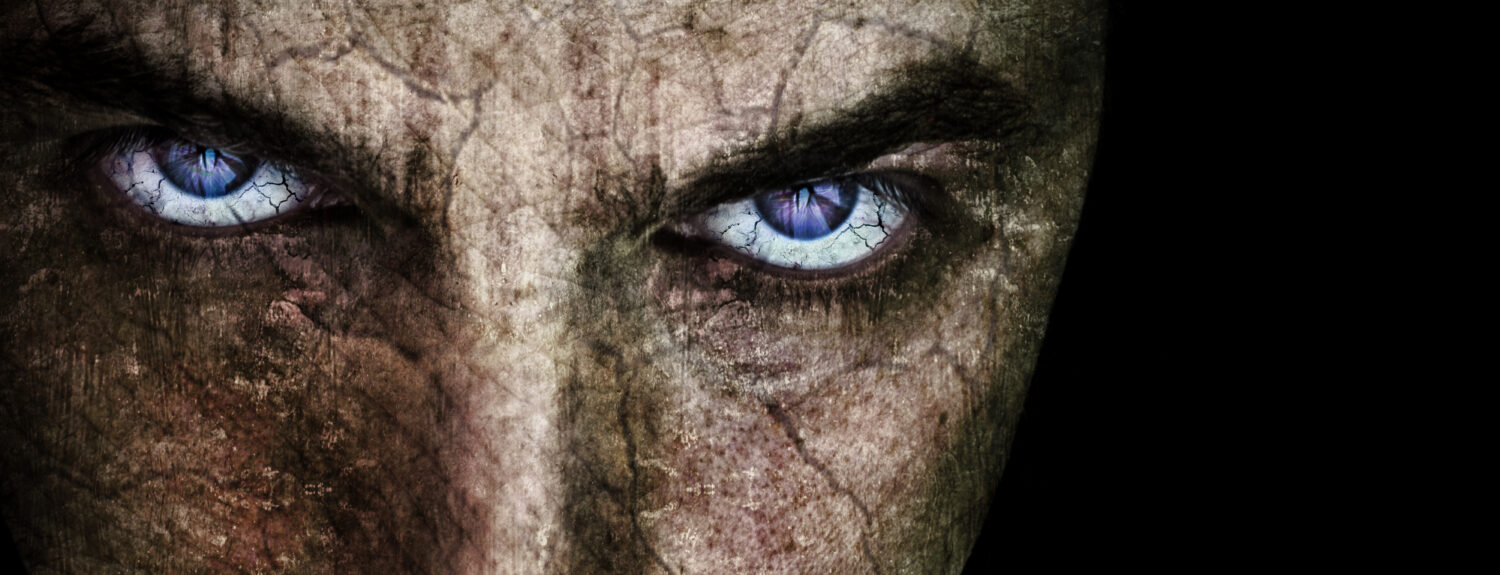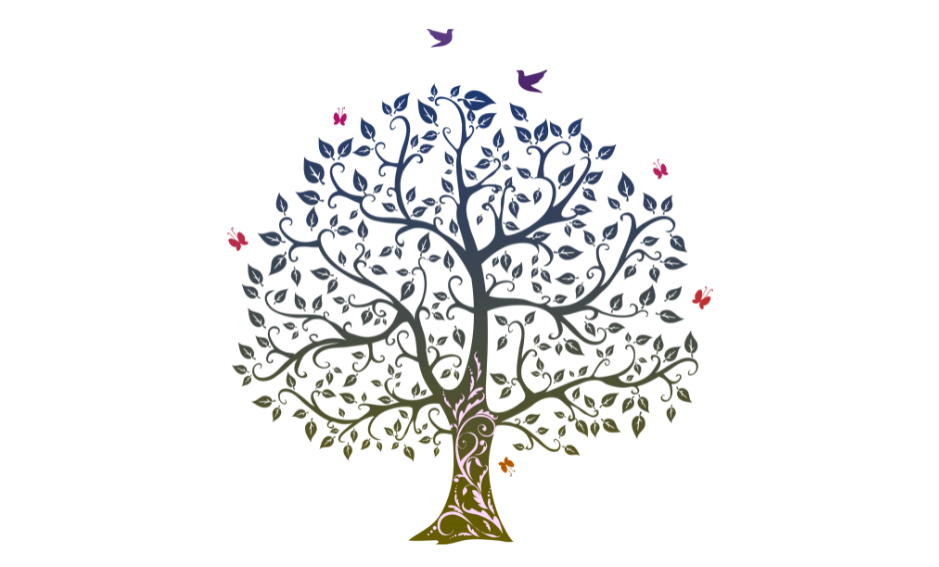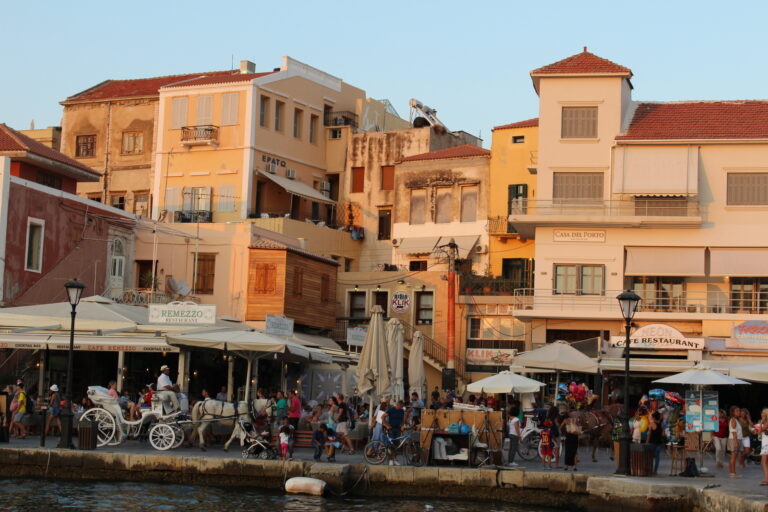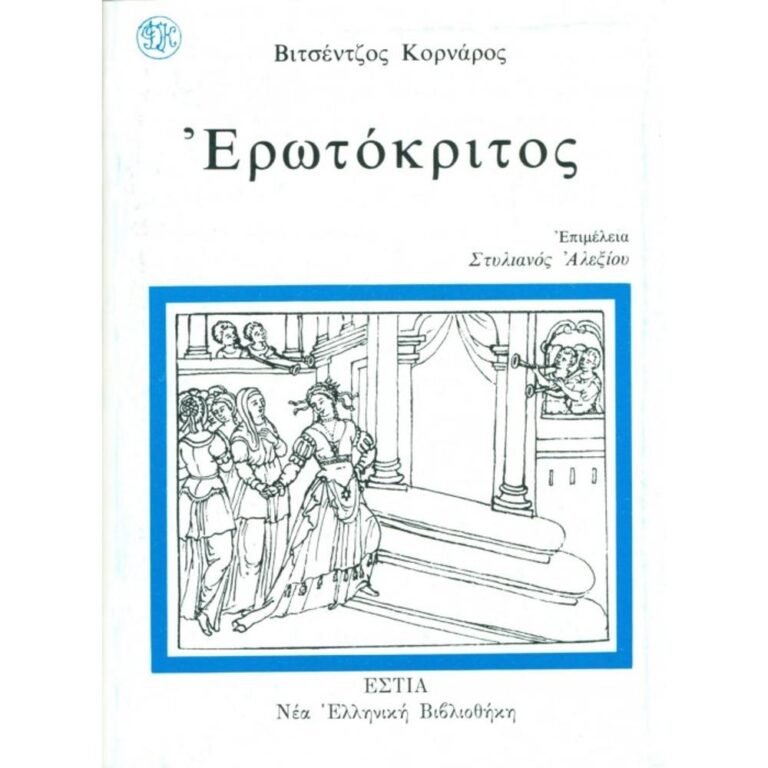The Unearthly Creatures of Cretan Mountains
Crete’s rugged mountains, shrouded in mist and mystery, have been the subject of numerous legends and tales involving unearthly creatures. Deeply rooted in the island’s folklore, these stories paint a vivid picture of a world where myth and reality intertwine, particularly in remote and often inaccessible mountainous regions.
Mythological and Folkloric Background
- Ancient Myths and Local Lore
- The blend of Traditions: The legends of unearthly creatures in the Cretan mountains draw from a rich blend of Greek mythology, ancient Minoan beliefs, and local superstitions.
- Minoan Influence: The Minoan civilization, known for its connection to nature and the supernatural, significantly influences these tales.
- Creatures of Legend
- Variety of Beings: The stories feature a range of creatures, from nymphs and deities to monsters and spirits, each with unique characteristics and origins.
Types of Unearthly Creatures
- Nymphs and Forest Spirits
- Nymphs: Described as beautiful maidens inhabiting trees, rivers, and mountains, nymphs are often associated with nature’s beauty and wrath.
- Dactyls: Mythical beings believed to inhabit Mount Ida, known for their magical abilities and connection to the Earth.
- Giants and Titans
- Talos: A giant bronze automaton of Greek myth, said to have protected Crete by circling the island’s shores.
- Titans: In some tales, the Cretan mountains are the dwelling places of defeated Titans, banished from Olympus.
The Creatures in Cretan Culture
- Symbolism and Significance
- Cultural Metaphors: These creatures often symbolize natural phenomena, moral lessons, or the island’s history and struggles.
- Spiritual and Mystical Elements: Many of these beings are linked to spiritual beliefs and are seen as protectors or omens.
- Storytelling and Oral Tradition
- Folk Tales and Myths: These creatures feature prominently in local storytelling, an integral part of Crete’s oral tradition.
- Moral and Ethical Lessons: The stories serve as vehicles for imparting moral guidance and wisdom, especially to younger generations.

Modern Perspectives and Interpretations
- Psychological and Societal Interpretations
- Archetypes and Collective Unconscious: These creatures can be viewed as archetypes representing human fears, desires, and the connection to nature.
- Reflection of Societal Values: The tales reflect societal values, fears, and the relationship of the Cretan people with their environment.
- Tourism and Cultural Interest
- Attracting Visitors: The legends of these mystical beings draw tourists interested in the island’s rich folklore and hiking in the mountains where these tales originated.
- Cultural Festivals and Events: Local festivals and cultural events often celebrate these myths, keeping the traditions alive.
Conservation and Environmental Awareness
- Natural Preservation
- Eco-Tourism: The interest in these legends promotes eco-tourism, emphasizing the preservation of Crete’s natural landscapes and biodiversity.
- Environmental Education: These tales are used as tools for environmental education, highlighting the importance of respecting and protecting nature.
- Role in Community
- Community Identity: The legends form a part of the local community’s identity, linking current generations to their ancestors and the natural world.
Conclusion
The unearthly creatures of the Cretan mountains represent a fascinating intersection of mythology, nature, and cultural identity. These legends, steeped in the mystical and spiritual, not only enchant and educate but also serve as a reminder of the deep connection between the people of Crete and their rugged, beautiful landscape. In a world where the lines between myth and reality are often blurred, these tales continue to captivate, serving as a testament to the enduring power of folklore and the human imagination.







